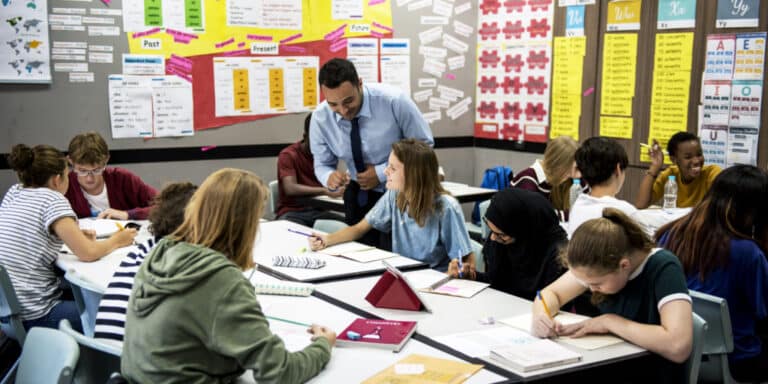While end-of-year summative assessments are still used in a personalized learning system, this approach to teaching and learning prioritizes the use of more frequent check-ins that align directly to instruction. In a personalized learning environment, the purpose of assessment is not punitive, but to collect and respond data so that responsive instruction, supports and personalized pathways can be created.
Competency-based evaluation systems, such as standards-based grading, gives space for feedback as one step in a learning process. Learners engage with content at their own pace and move on once they’ve achieved mastery. Transcripts provide a clear measure of what students already know and what they still need to work on. Teachers motivate learners through ongoing feedback and by giving students choices for how they will practice and demonstrate their learning.
In a personalized, competency-based learning environment, the purpose of assessment is no longer just to determine what students know or don’t know.
Learn more >>
Innovative schools and districts across the country are already using these types of evaluation strategies, and they are proving successful in schools from Arizona to Minnesota.
Personalized learning requires a comprehensive assessment system that is aligned with the district’s vision for teaching and learning. The system should include formative, interim and summative assessments. Instant feedback from embedded assessments — including, but not limited to, portfolios, capstone projects, performance-based assessments and curriculum-embedded assessments — should be used to monitor student progress and adjust day-to-day learning activities.
Summative assessments should be offered at multiple intervals throughout the year and students choose when they are ready to demonstrate mastery based on their own assessment of where they are in the learning process.
A guide designed to help a range of state policymakers identify initial steps to support schools and districts wanting to implement a personalized, competency-based approach





